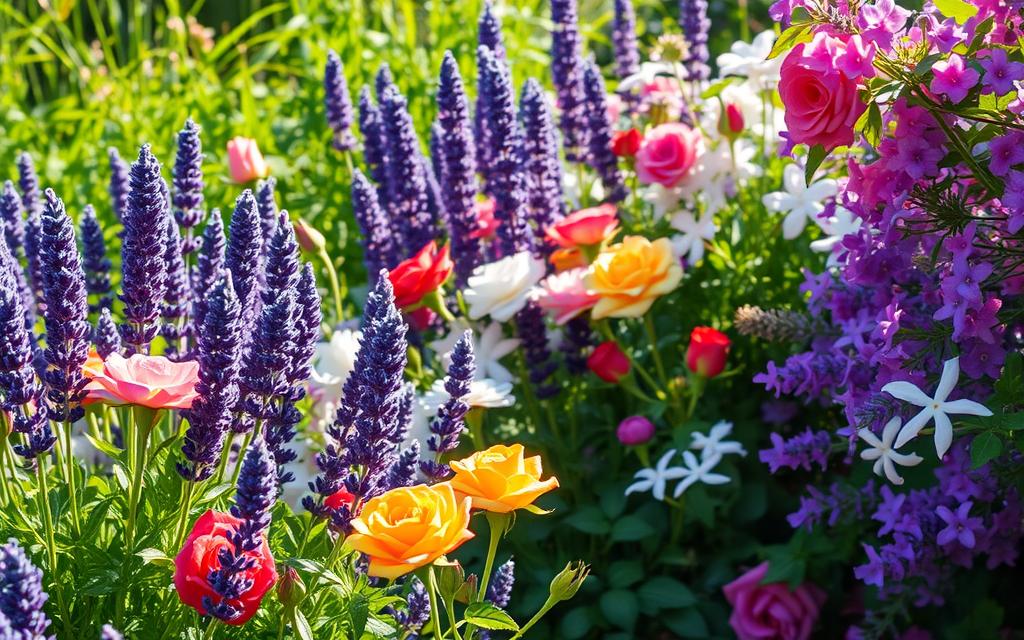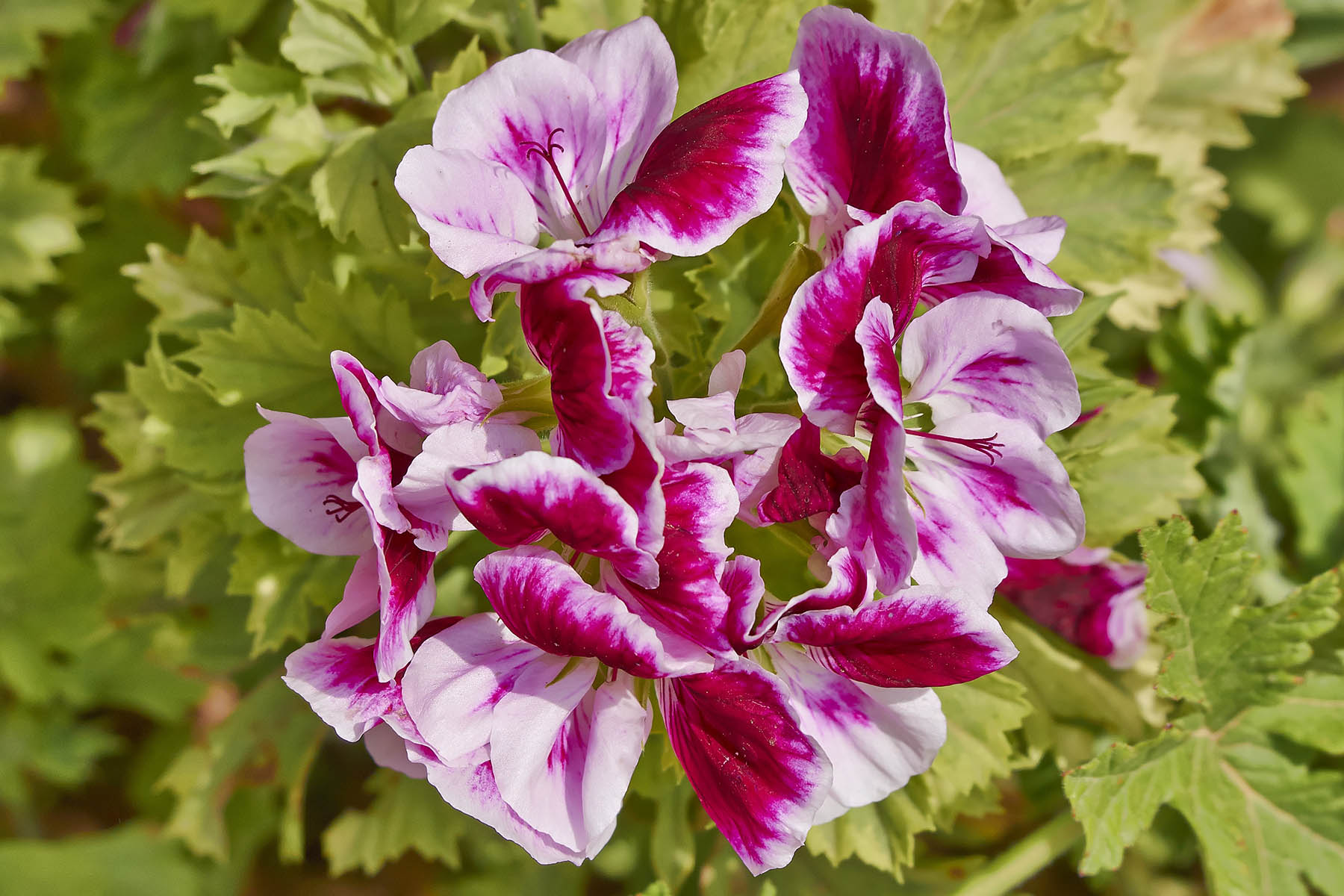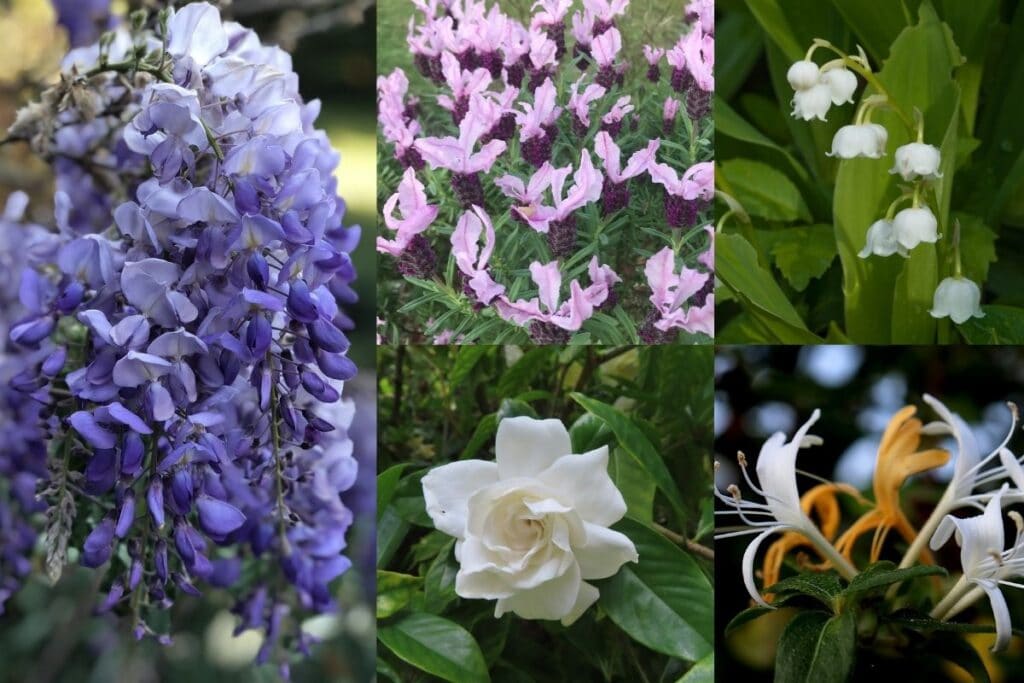The Aromatic Garden: A Journey Through Scented Flowers

For centuries, gardens have been more than just visual feasts. They have been sanctuaries of scent, places where the air itself is a fragrant tapestry woven with the delicate perfumes of flowers. While beauty is undeniable, it is the intoxicating aromas that truly capture our senses and evoke powerful emotions. This article delves into the captivating world of scented flowers, exploring their allure, the science behind their fragrance, and how you can cultivate your own aromatic paradise.
The Allure of Scented Flowers: More Than Just a Pretty Face
The appeal of scented flowers transcends mere aesthetics. Their fragrances possess a unique power to:
- Evoke Memories: Certain scents are deeply intertwined with personal memories and experiences. The sweet fragrance of honeysuckle might transport you back to childhood summers, while the earthy aroma of petunias could remind you of a beloved grandparent’s garden.
- Influence Mood: Floral scents have been scientifically proven to affect our mood and emotions. Lavender is renowned for its calming properties, while jasmine is known to uplift and energize.
- Attract Pollinators: The primary purpose of a flower’s fragrance is to attract pollinators like bees, butterflies, and moths, ensuring the continuation of the species. We, as gardeners, benefit from this natural process, enjoying the beauty and bounty that pollination provides.
- Enhance Relaxation and Well-being: Spending time in a garden filled with fragrant flowers can be incredibly therapeutic. The soothing scents can reduce stress, promote relaxation, and improve overall well-being.
- Add Depth and Complexity to the Garden Experience: Scent adds another dimension to the garden, transforming it from a visual spectacle into a multi-sensory experience. The interplay of colors, textures, and fragrances creates a truly immersive and unforgettable environment.

The Science Behind the Scent: Unlocking the Secrets of Floral Fragrance
The intoxicating aromas of flowers are produced by volatile organic compounds (VOCs), also known as essential oils. These compounds are synthesized within the flower’s petals and other tissues and released into the air. The specific combination and concentration of VOCs determine the unique fragrance of each flower.
Here’s a simplified breakdown of the process:
- Synthesis: Plants produce VOCs through complex biochemical pathways, utilizing enzymes and various building blocks.
- Storage: These VOCs are often stored in specialized cells or glands within the flower petals.
- Release: The VOCs are released into the air through diffusion or evaporation. Factors such as temperature, humidity, and time of day can influence the rate of release.
- Perception: The released VOCs travel through the air and are detected by olfactory receptors in our noses. These receptors send signals to the brain, which interprets the signals as specific scents.

The complexity of floral fragrance is astonishing. A single flower can produce dozens, even hundreds, of different VOCs, each contributing to the overall scent profile. Some VOCs are responsible for sweet, floral notes, while others contribute to spicy, citrusy, or even musky undertones.
:max_bytes(150000):strip_icc()/Stock-GettyImages-147850308-5986dfb6685fbe0011ea51ab.jpg)
Cultivating Your Aromatic Paradise: Tips for Growing Scented Flowers
Creating a fragrant garden is a rewarding experience that engages the senses and enhances your connection with nature. Here are some tips to help you cultivate your own aromatic paradise:
- Choose the Right Plants: Research and select plants known for their strong and pleasing fragrances. Consider the bloom time of different varieties to ensure a continuous display of scent throughout the growing season.
- Consider Bloom Time: Plan your garden to have a succession of blooms throughout the year. This will ensure a constant supply of fragrance, even as different flowers come and go.
- Plant in Groups: Planting flowers in clusters or masses amplifies their fragrance, creating a more impactful sensory experience.
- Location Matters: Plant fragrant flowers in areas where you spend the most time, such as near patios, walkways, or windows. Consider the direction of the prevailing winds to maximize the distribution of scent.
- Sunlight and Soil: Ensure your plants receive adequate sunlight and are planted in well-draining soil. Healthy plants produce more abundant and fragrant blooms.
- Watering and Fertilizing: Provide regular watering and fertilization to support healthy growth and flowering. Avoid overwatering, as this can lead to root rot and reduced fragrance.
- Deadheading: Regularly remove spent flowers to encourage continuous blooming and maintain the overall appearance of the garden.
- Evening Fragrance: Some flowers release their fragrance most strongly in the evening. Consider planting these varieties near outdoor seating areas to enjoy their scent after sunset.
- Container Gardening: Growing scented flowers in containers allows you to move them around to maximize their fragrance impact. You can also bring them indoors during colder months.
- Layer Your Scents: Combine different types of fragrant flowers to create a complex and layered scent profile. Experiment with complementary and contrasting scents to find your perfect combination.
Popular Scented Flowers to Consider:
Here are just a few examples of popular scented flowers that can add fragrance to your garden:
- Roses (Rosa spp.): Many rose varieties are prized for their exquisite fragrance, ranging from sweet and fruity to spicy and musky.
- Lavender (Lavandula spp.): Known for its calming and relaxing scent, lavender is a versatile herb that can be used in gardens, containers, and even dried for potpourri.
- Jasmine (Jasminum spp.): With its intoxicatingly sweet fragrance, jasmine is a popular choice for trellises, arbors, and containers.
- Honeysuckle (Lonicera spp.): The sweet, honey-like fragrance of honeysuckle is a classic summer scent.
- Lilac (Syringa vulgaris): The fragrant blooms of lilac are a sign of spring, filling the air with their sweet and floral aroma.
- Gardenia (Gardenia jasminoides): With its creamy white flowers and intensely sweet fragrance, gardenia is a favorite for its elegant beauty and intoxicating scent.
- Sweet Pea (Lathyrus odoratus): These delicate flowers are prized for their sweet and charming fragrance, which ranges from fruity to floral.
- Hyacinth (Hyacinthus orientalis): These spring-blooming bulbs offer a powerful and sweet fragrance that can fill an entire garden.
- Lily of the Valley (Convallaria majalis): Delicate bell-shaped flowers with a sweet and enchanting fragrance, perfect for shady spots.
- Stock (Matthiola incana): Known for its clove-like fragrance, stock is a cool-season flower that adds a touch of spice to the garden.
FAQ: Common Questions About Scented Flowers
Q: Why do some flowers have a stronger scent than others?
- A: The strength of a flower’s scent depends on several factors, including the variety, age of the flower, environmental conditions (temperature, humidity, sunlight), and the time of day.
Q: How can I make my scented flowers more fragrant?
- A: Ensure your plants are healthy by providing adequate sunlight, water, and nutrients. Deadheading spent flowers and planting in groups can also enhance fragrance.
Q: Are there any scented flowers that are not fragrant to everyone?
- A: Yes, scent perception is subjective and can vary from person to person. Some people may not be able to detect certain scents, while others may find them unpleasant.
Q: Can I use scented flowers to make perfumes or essential oils?
- A: Yes, many scented flowers are used to extract essential oils for perfumes, aromatherapy, and other applications. However, the process of extraction can be complex and requires specialized equipment.
Q: Are all roses fragrant?
- A: No, not all roses are fragrant. Some modern hybrids have been bred for their visual appeal, sacrificing fragrance in the process. When choosing roses, look for varieties specifically known for their scent.
Conclusion: Embracing the Aromatic Garden
The world of scented flowers is a captivating realm that offers a unique and rewarding gardening experience. By understanding the science behind floral fragrance and implementing the tips outlined in this article, you can create your own aromatic paradise, a sanctuary of scent that delights the senses, evokes memories, and enhances your overall well-being. So, embrace the power of fragrance and transform your garden into a truly unforgettable experience. Let the intoxicating aromas of flowers fill your life with joy, relaxation, and a deeper connection with the natural world.
